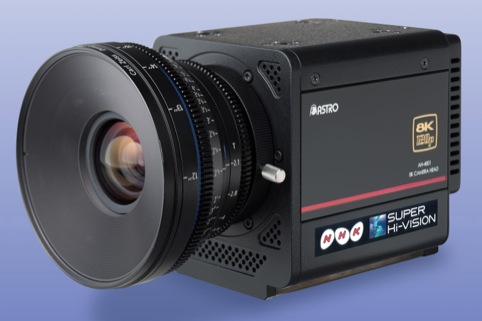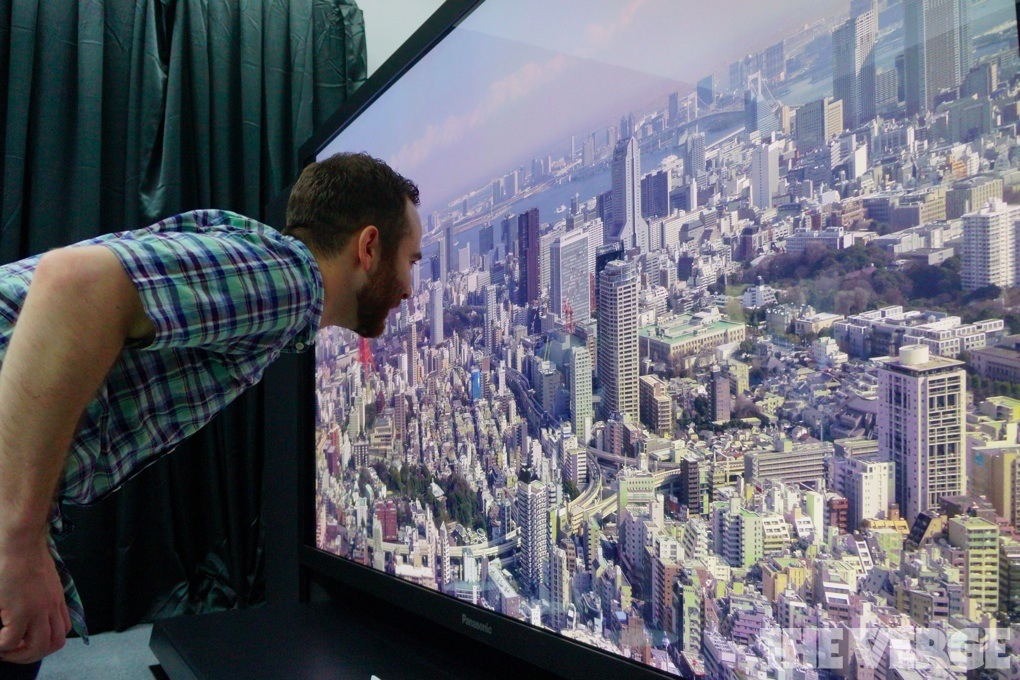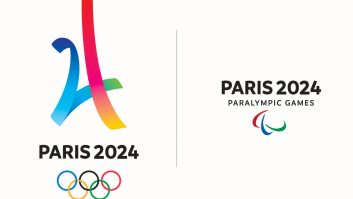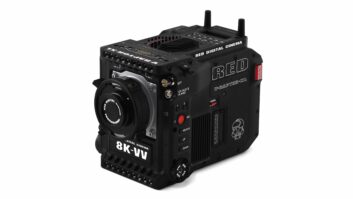
NHK will showcase the latest developments in its 8K Super HiVision broadcasting system at IBC, but has yet to perfect an image sensor with a sensitivity as high as that of HD.
On show in Amsterdam in September will be elements of the system including a 3-CMOS camera, an 8K LCD display, and a device interface that can transmit a full-specification 8K video signal (approx. 144 Gbps) over a single optical cable. The 8K camera (called Cube – pictured) weighs just 2kg.
At IBC, it will also be showcasing highlights from the FIFA World Cup 2014 Brazil in 8K, as well as art content in 8K shot for a digital museum application.
The 8K 120p system is still a prototype, but is being developed to the UHD mark II spec supporting 7680×4320 pixels, 120Hz frame frequency, 12-bit bit depth, and wide-gamut system colourimetry specified in Rec. ITU-R BT.2020. To realise the full-specification 8K UHDTV system, whole pieces of production equipment need to support these features.
“As an 8K image sensor has a smaller pixel size and a higher frame rate compared to that for HDTV, it is very difficult to get the same sensitivity,” explained NHK senior manager, Narichika Hamaguchi. “We are still working on the issue (with Shizuoka University).”
Technically the 8K 120p system could be applied to 4K 120p broadcasts – something still at the edge of current 4K production and distribution technology elsewhere and seen as necessary for live sports broadcasts. SHV’s image sensor has 33-megapixels and the pixel count can be downsized/down-converted in a signal processor.
NHK, however, is resolutely focussed on launching its 8K service directly without taking what it describes as “a roundabout course.”
Japan plans to start 8K test broadcasting via satellite from 2016, and NHK’s operation will be in full swing from 2020. A new transmission system for 8K satellite broadcasting also being demonstrated at IBC employs HEVC/H.265 for video coding and MMT(MPEG Media Transport) for extended multiplexing technology beyond MPEG-2 TS.

The use of the 16-APSK modulation scheme, with LDPC inner coding rate of 7/9 for FEC and roll-off factor of 0.03 enables NHK to achieve approximately 100Mbps transmission channel capacity within the bandwidth of 34.5MHz per satellite transponder.
Again, end-to-end 8K over IP is, said Hamaguchi “technically not impossible” but they would need to compress the 144Gbps source bitrate to a more practical bitrate for carriage over IP networks without deteriorating the image quality.







